Rail Approved Rubber Moulding
Enhancing Rail Safety: The Importance of Rail Approved Rubber Moulding
The importance of rail safety and the crucial role that rail approved rubber moulding plays in enhancing it cannot be overstated. In today's fast-paced and interconnected world, the importance of a reliable and safe rail network is paramount. It is the backbone of transportation, connecting communities, facilitating trade, and driving economic growth.
At the heart of this critical infrastructure lies the need for meticulous attention to detail and the use of high-quality materials. One of these essential components are rail approved rubber moulded parts, which plays a vital role in ensuring the safety and integrity of the rail system.
Ensuring the highest standards of rail safety is not just a moral imperative but also a legal and regulatory requirement. Governments and industry bodies have implemented stringent guidelines and regulations to ensure that every aspect of the rail system meets the most rigorous safety standards.
What is Rail Approved Rubber Moulding?
Rail approved rubber moulding refers to the specialised rubber components that are designed, manufactured, and tested to meet the unique requirements of the rail industry. These components are engineered to withstand the demanding operating conditions of the rail environment, including exposure to extreme temperatures, heavy loads, vibrations, and harsh weather conditions.
The approval process for rail approved rubber compounds is a comprehensive and meticulous one, involving a series of rigorous tests and certifications to ensure that the products meet or exceed the industry's safety and performance standards. This process is crucial in guaranteeing the reliability and durability of these critical components, which play a vital role in the overall safety and efficiency of the rail system.
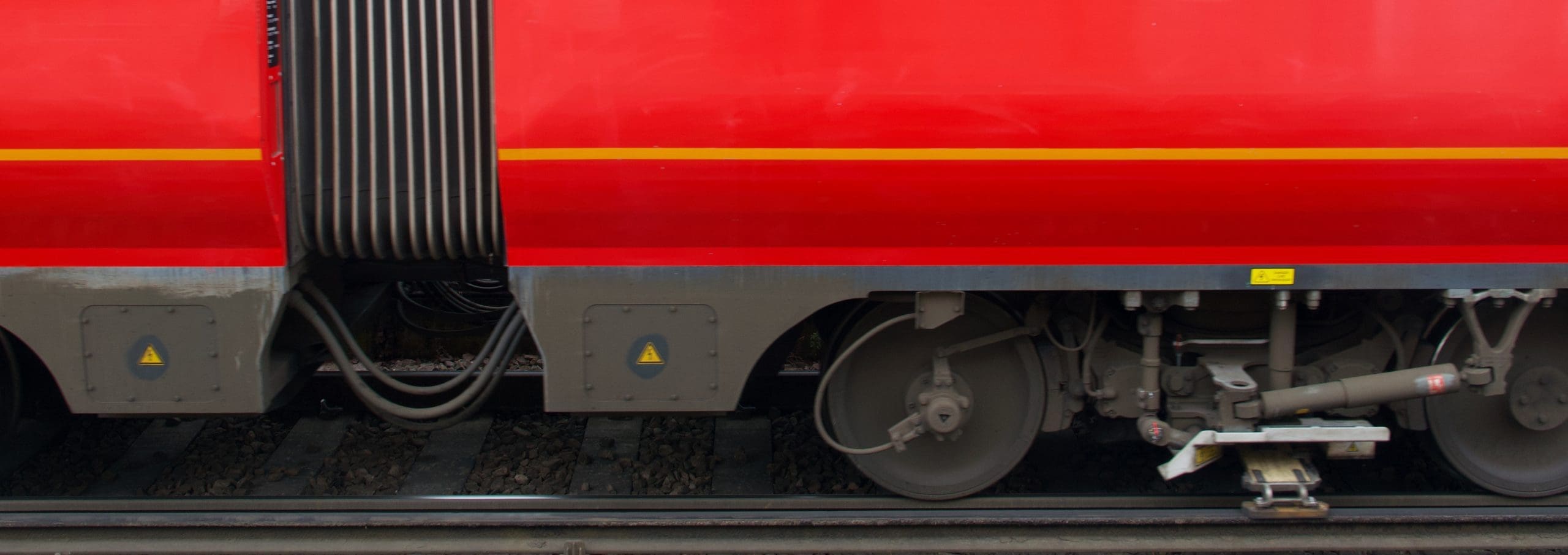
Importance of Rail Approved Rubber Moulding in Enhancing Safety
Rubber moulding is an integral part of the rail infrastructure, serving a wide range of applications, from seals and gaskets to suspension components and dampers. These components are responsible for maintaining the structural integrity of the rail system, absorbing shocks and vibrations, and ensuring the smooth and safe operation of trains.
By using rail approved rubber moulding, railway operators can be confident that their equipment and infrastructure are designed and manufactured to the highest safety standards. This, in turn, helps to reduce the risk of accidents, improve the overall reliability of the rail network, and enhance the confidence of both passengers and freight customers.
The Benefits
The benefits of using rail approved rubber moulding in enhancing rail safety are numerous and far-reaching. Some of the key advantages include:
- Improved Safety: Rail approved rubber moulding is designed and tested to meet the most stringent safety standards, ensuring that the rail system operates with a high degree of reliability and stability.
- Enhanced Durability: These specialised rubber compounds are engineered to withstand the demanding operating conditions of the rail environment, reducing the risk of failure and extending the lifespan of critical components.
- Reduced Maintenance and Downtime: The use of rail approved rubber moulding can help to minimise the frequency of maintenance and repair, leading to reduced downtime and improved operational efficiency.
- Cost Savings: By investing in high-quality, rail approved rubber moulding, railway operators can avoid the costly consequences of accidents and breakdowns, ultimately saving money in the long run.
- Regulatory Compliance: The use of rail approved rubber moulding helps railway operators to comply with the latest safety regulations and guidelines, ensuring that their operations meet the industry's highest standards.
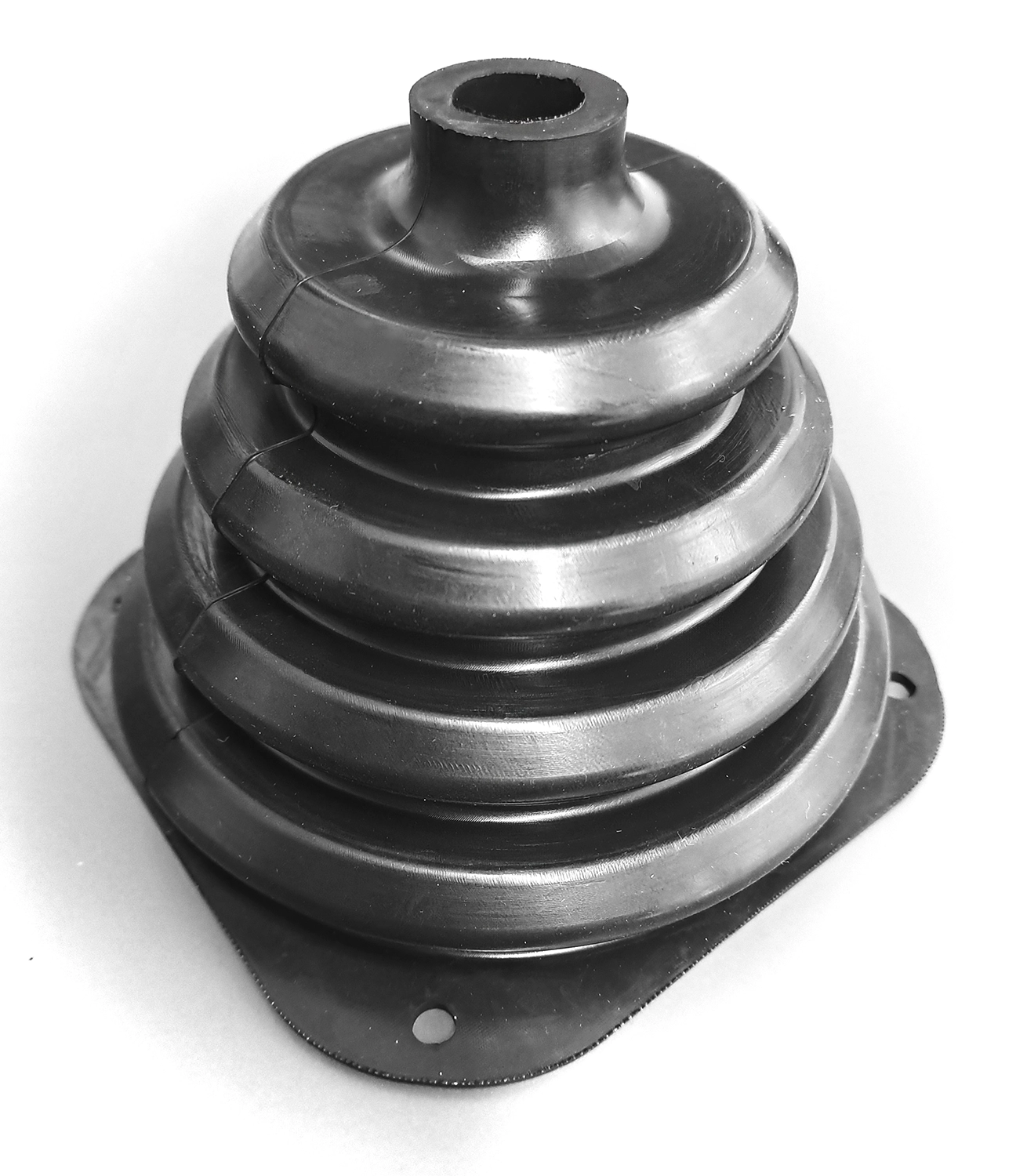
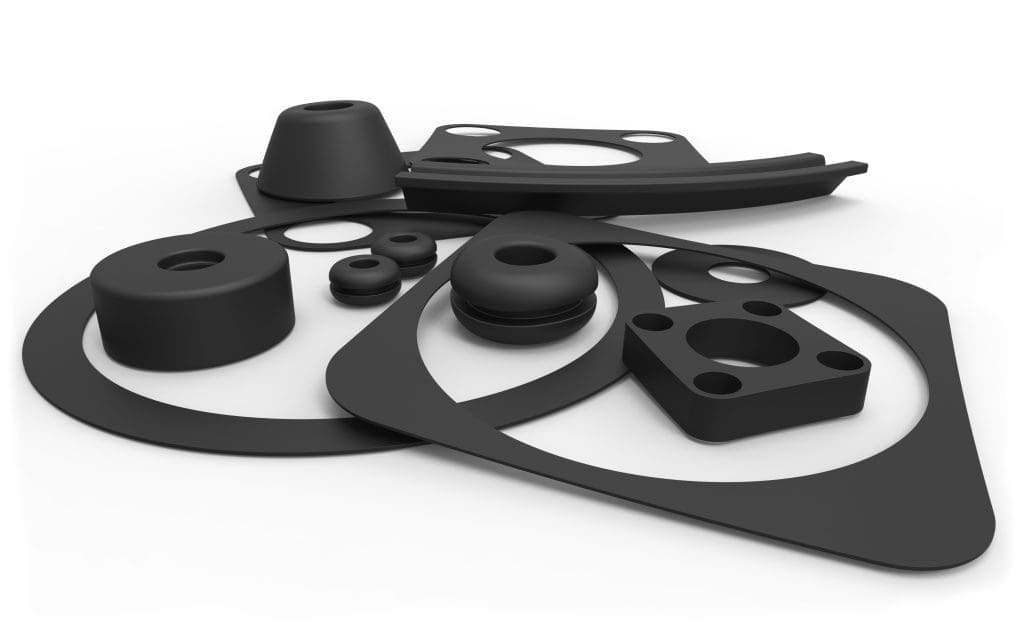
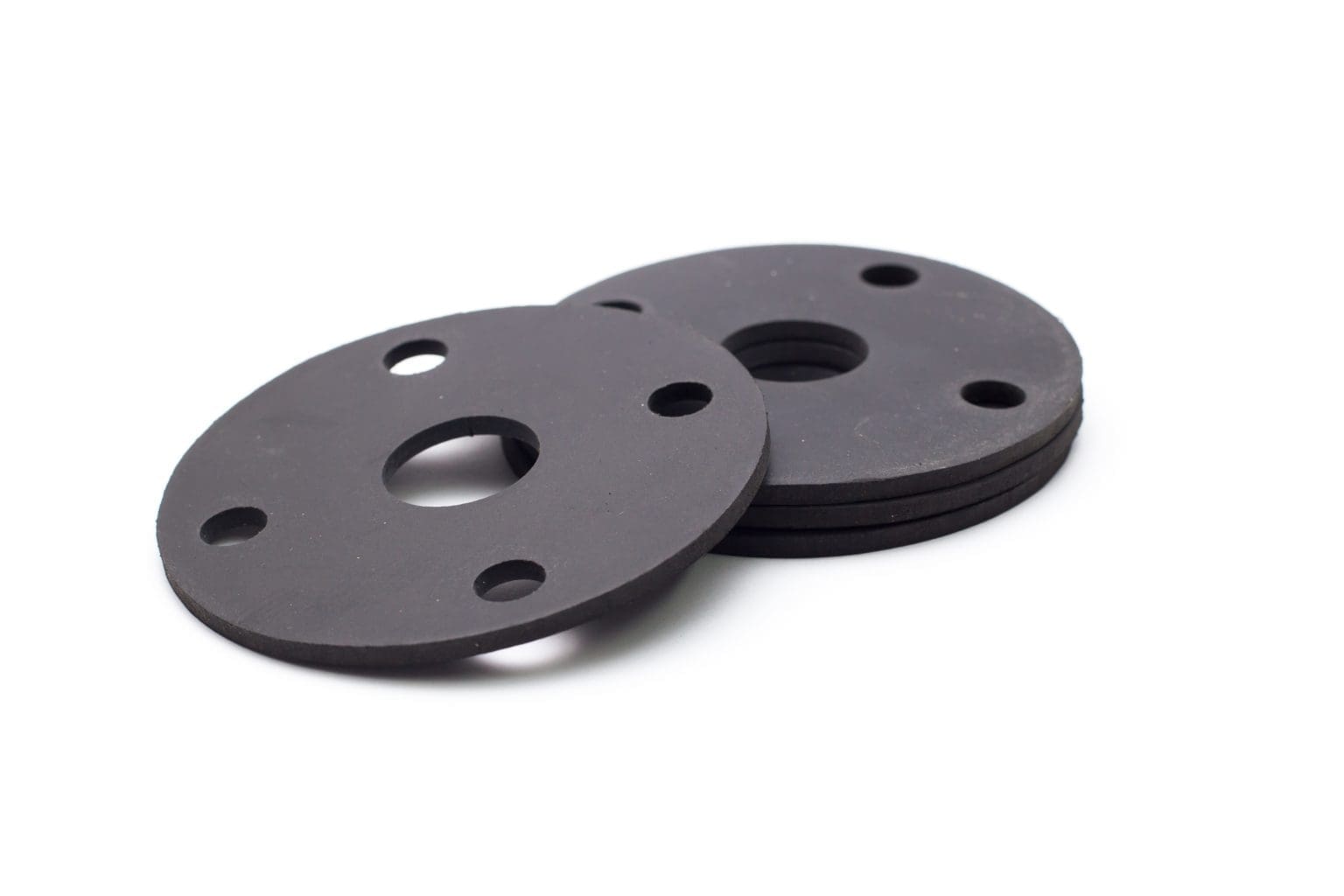
Types of Rail Approved Rubber Moulded Parts
Rail approved rubber moulding is used in a wide range of components, each designed to serve a specific purpose within the rail system. Some of the most common types of rail approved rubber moulded part include:
- Seals and Gaskets: These components are responsible for creating tight seals and preventing the ingress of water, dirt, and other contaminants, ensuring the reliable operation of critical systems.
- Suspension Components: Rubber moulding is used in the suspension systems of rail vehicles, absorbing shocks and vibrations to provide a smooth and comfortable ride for passengers and protect the integrity of the cargo.
- Dampers: Rubber dampers are used to absorb and dissipate energy, helping to reduce the impact of external forces on the rail infrastructure and rolling stock.
- Insulation Components: Rubber moulding is also used to provide thermal and electrical insulation, protecting critical systems and components from the effects of extreme temperatures and electrical interference.
- Structural Components: In some applications, rail approved rubber moulding is used to form structural elements, such as buffers and couplings, that are essential for the safe operation of trains.
The Manufacturing
The manufacturing of rail approved rubber mouldings is a highly specialised and complex process, requiring a deep understanding of the industry's requirements and the latest advancements in materials science and production techniques.
The process typically involves the following key steps:
- Material Selection: The choice of rubber compound is critical, as it must be able to withstand the harsh operating conditions of the rail environment while maintaining the necessary physical and mechanical properties.
- Tool Design: The tool used to shape the rubber component is designed with precision, taking into account factors such as part geometry, flow patterns, and cooling requirements.
- Vulcanisation: The rubber compound is subjected to a high-temperature, high-pressure vulcanisation process, which cross-links the polymer chains to create a durable, resilient material.
- Quality Control: Rigorous testing and inspection procedures are implemented throughout the manufacturing process to ensure that the final product meets or exceeds the industry's safety and performance standards.
- Certification: The completed rail approved rubber moulding components must undergo a comprehensive certification process, which may include a series of physical, mechanical, and environmental tests, before they can be approved for use in the rail industry.
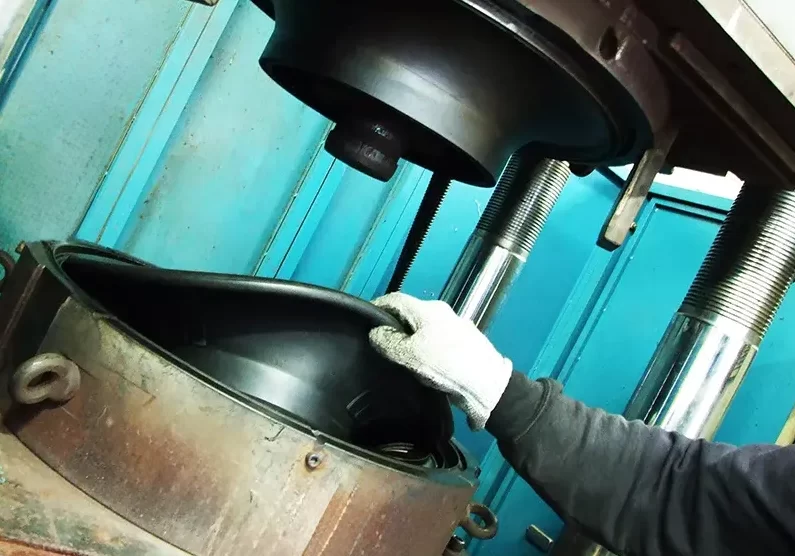


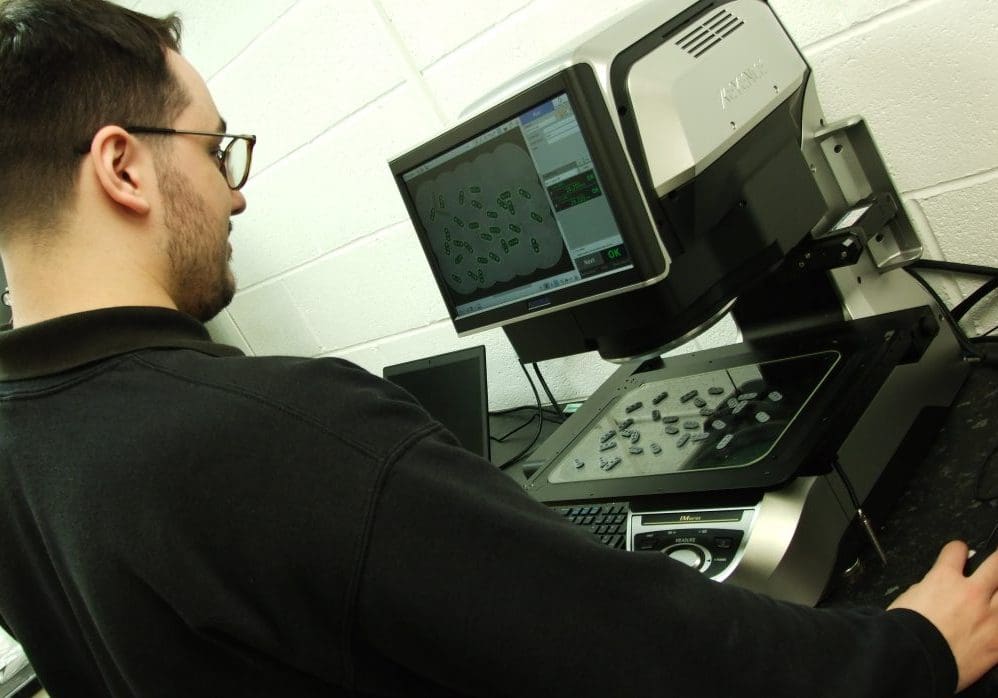
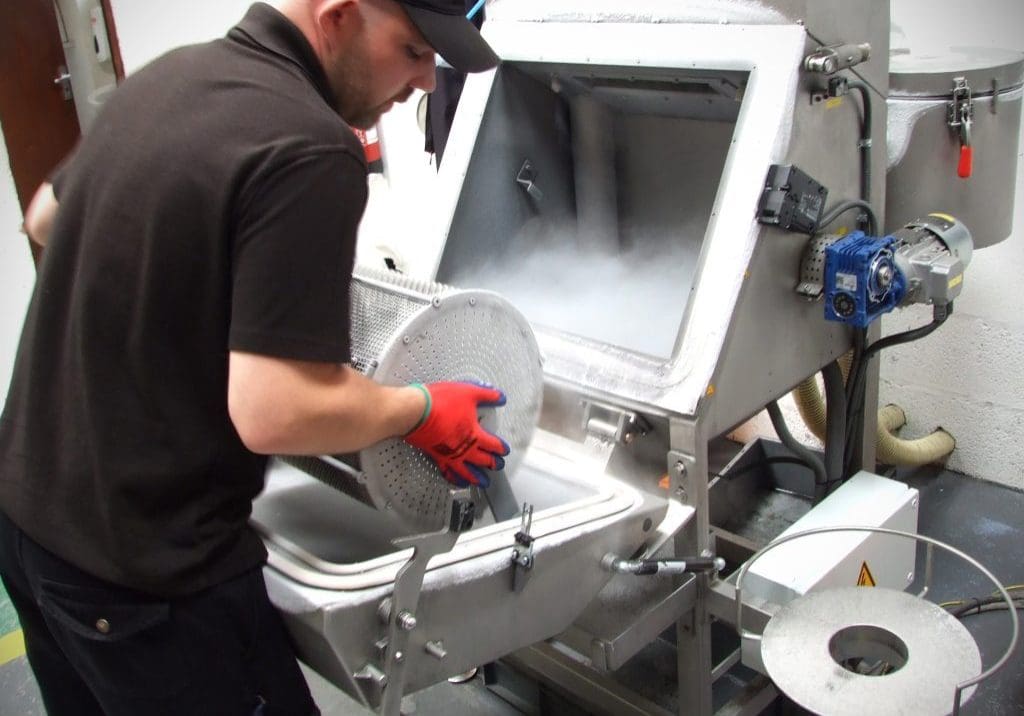

How to Choose the Right Rail Approved Rubber Moulding Supplier
Selecting the right supplier for rail approved rubber moulding is a critical decision that can have a significant impact on the safety and reliability of the rail system. When choosing a supplier, it's important to consider the following factors:
- Industry Experience: Look for a supplier with a proven track record of delivering high-quality, rail approved rubber moulding components to the industry.
- Quality Certifications: Ensure that the supplier's manufacturing processes and products are certified to the relevant industry standards
- Technical Expertise: The supplier should have a team of experienced engineers and technicians who can provide technical support and customised solutions to meet the specific needs of the railway operator.
- Flexibility and Responsiveness: The supplier should be able to adapt to changing requirements and deliver products and services in a timely manner, ensuring that railway operators can maintain their operations without disruption.
- Continuous Improvement: Look for a supplier that is committed to ongoing research and development, constantly innovating to improve the performance and safety of their products.
Conclusion
As the demand for efficient, sustainable, and safe transportation continues to grow, the importance of rail approved rubber moulded part in enhancing rail safety cannot be overstated. These specialised components are at the heart of the rail industry's efforts to maintain the highest standards of safety and reliability, ensuring that passengers and freight can be transported with confidence.
Looking ahead, the future of rail safety is inextricably linked to the ongoing advancements in materials science, manufacturing techniques, and industry regulations. As railway operators and manufacturers continue to push the boundaries of what is possible, the role of rail approved rubber moulders will only become more crucial in maintaining the integrity and safety of the rail network.
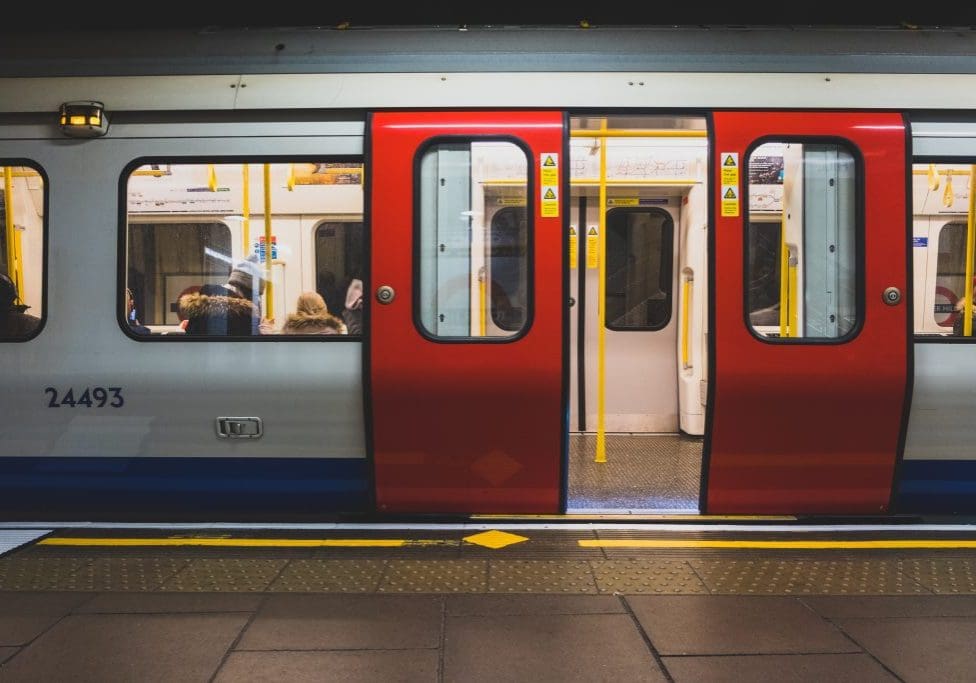
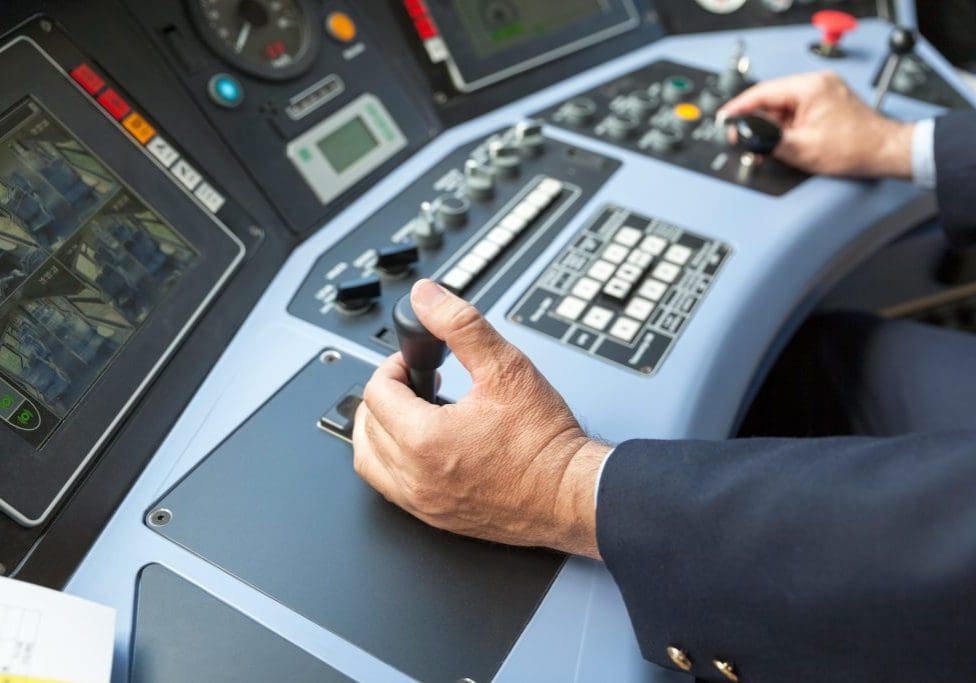
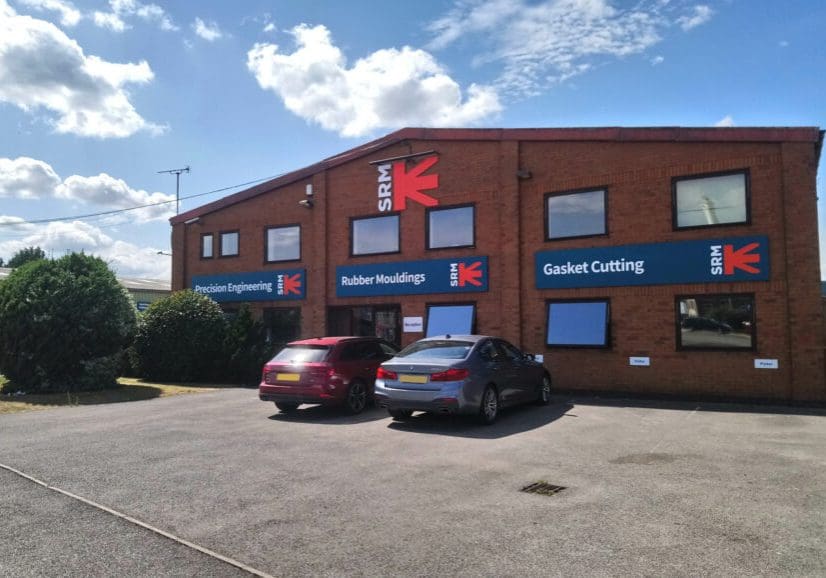
Why Choose SRM as you Rail Approved Rubber Moulding Supplier
At SRM we have been producing rubber moulded parts for the Rail industry for over 40 years. We have an in-depth knowledge of the industry and are:
- British Rail Approved Rubber Moulding
- Channel Tunnel Approved
- Bombardier Approved
British Rail-approved
We hold stock of British Rail-approved Neoprene as well as low-smoke low-toxicity Silicone.
Our experience in the rail industry is second-to-none, producing everything from door and air-con seals to injection-moulded rail pads for rail tracks.
We also offer compression-moulded repair and replace services (e.g. for refurbishment of train carriages, including seals and buffers.)
Our gasket department is also heavily involved in the rail industry, producing high- and low-volume gaskets, seals and buffers.
To learn more about how rail approved rubber moulding can enhance the safety and reliability of your rail operations, Contact our team of experts today. We would be happy to discuss your specific needs and provide customised solutions that meet the industry's highest standards. Together, we can work towards a future where rail travel and freight transport are safer, more efficient, and more sustainable than ever before.
